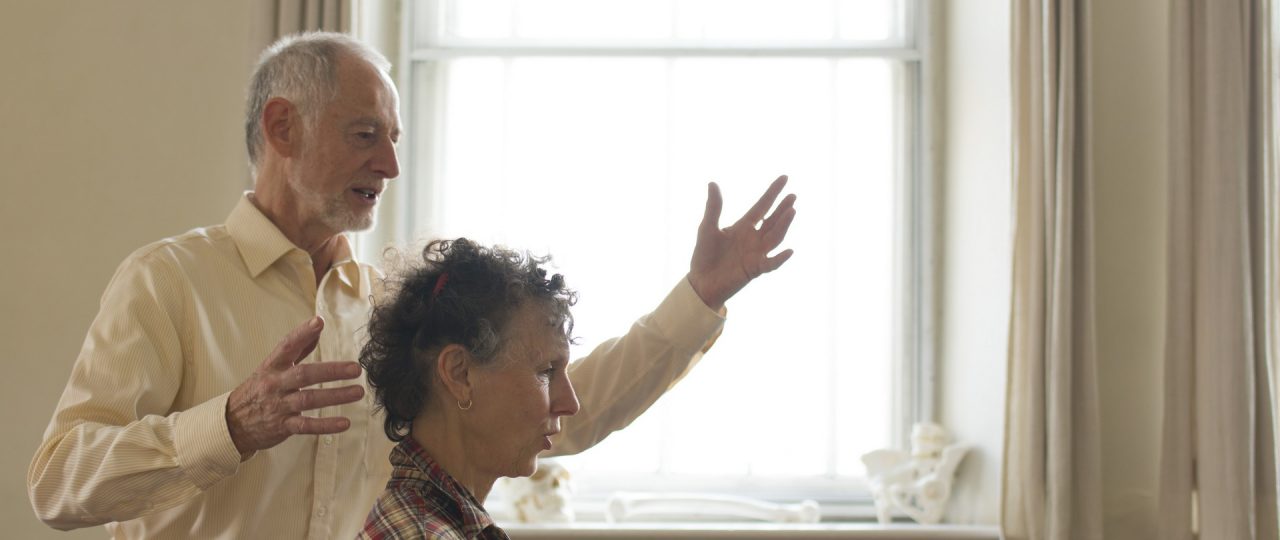Alexander Technique
“Life was never meant to be a struggle”
Children know how to move. They run around free and relaxed and when they fall they bounce. But as we get older we lose this – we take on tensions, we pick up bad habits.
Tension held in the shoulders could cause someone to put their neck out when they look up or reach up suddenly. Tension in the lower back could cause a skier to miss a turn and hurt their knee. Lifting something in an inefficient way can put a person’s back out. Why we learn these bad, damaging ways of moving and being is a puzzle which fascinates researchers and many papers have been written on it. The approach of the Alexander Technique is to unlearn these bad habits and return to a more natural, childlike way of being.
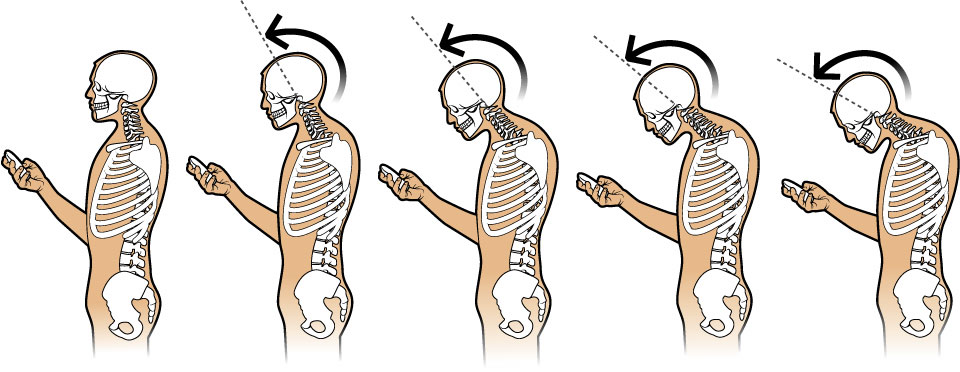
People come to me with hip problems, walking problems, stress, neck issues, back pain and many others. Musicians come to learn how to (for example) play their instrument without damaging their shoulders. Actors come to learn the Technique to help their presence on stage. Sportspeople use it to help their performance – they want to squeeze every last drop of performance out of their bodies so they need to know how to use them to their maximum efficiency.
As part of the Technique I may look at any and every part of how you move and hold yourself, from something as simple as getting up out of a chair and walking across the room, to how you sit at a computer, to how you lift your shopping into the cupboard. The aim is to find the unhelpful habits and release the stresses and strains that we put on our bodies, often without even realising.

Of course, it is better to learn the Technique before hurting yourself. However even if you are already injured, by using the Technique you will recover more quickly. If you are moving more efficiently, there is less stress on your joints and muscles, you give your body a break and allow it to heal faster.
We do not dismiss “conventional” therapy – for example physiotherapy and sports massage are essential and helpful treatments. However they usually only treat the symptoms. The Alexander Technique focuses on the root causes.
Come and begin the process of unlearning.
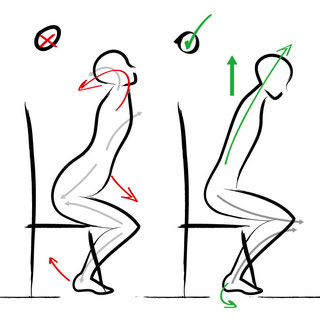
History of the Technique
The Alexander Technique was founded by F. M. Alexander (1869-1955), who was trying to discover a way of preventing himself from getting hoarse when reciting: a condition which threatened his career in drama. Through increasing his consciousness of the harmful patterns of tension in his body, Alexander was able to change old habits and develop new ways of reacting. In doing so, Alexander not only conquered his hoarseness, but in the process found that the breathing problems that had plagued him since childhood disappeared too.
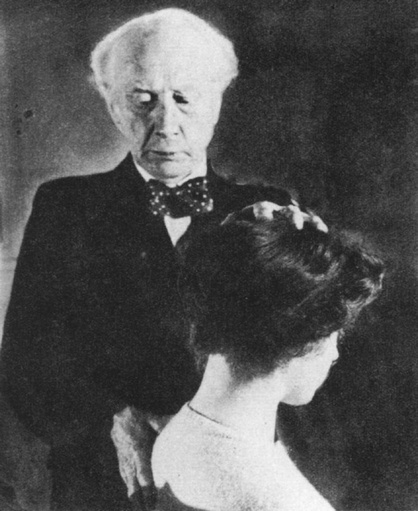
F. M Alexander working with a student
Alexander’s discovery gained him the title “The Breathing Man”, with doctors referring patients to him and consulting on various respiratory conditions. Over time, Alexander found that his technique could be applied to a wider range of situations and that developing better use of the self is fundamental for carrying out activities in a healthy and efficient manner.
What are the benefits of the Alexander Technique?
- Develop control over negative habits
- Reduce pain in the body
- Move with greater ease and freedom
- Restore natural poise
- Gain confidence
- Find relief from daily stresses
- Improve performance
- Become more emotionally stable
- Think more clearly
- Prevent undue prejudice and harmful beliefs and attitudes
What is the Alexander Technique process?
The process is deceptively simple:
- STOP
- THINK
- ACT
We will be stopping so as to come to a quiet state in ourselves: this will allow us to find a level of safety and become more aware of ourselves and the world around us. From this position, we are able to increase consciousness about the habits of tension in posture, movement and breathing that are causing physical, emotional and psychological harm.
A gentle hands-on approach and verbal guidance will support you to re-learn the performance of movement (e.g. breathing, sitting, standing, bending and lifting) in a way that promotes health and wellbeing. With growing awareness and practice, this new pattern of using the self will become more accessible and integrated into everyday life, enabling you to exist in a free and present manner.
Living is to be enjoyed, not fraught over!
For more details on the Technique, see this excellent site by Robert Rickover.
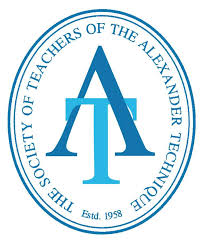 Member of the Society of Teachers of the Alexander Technique
Member of the Society of Teachers of the Alexander Technique
